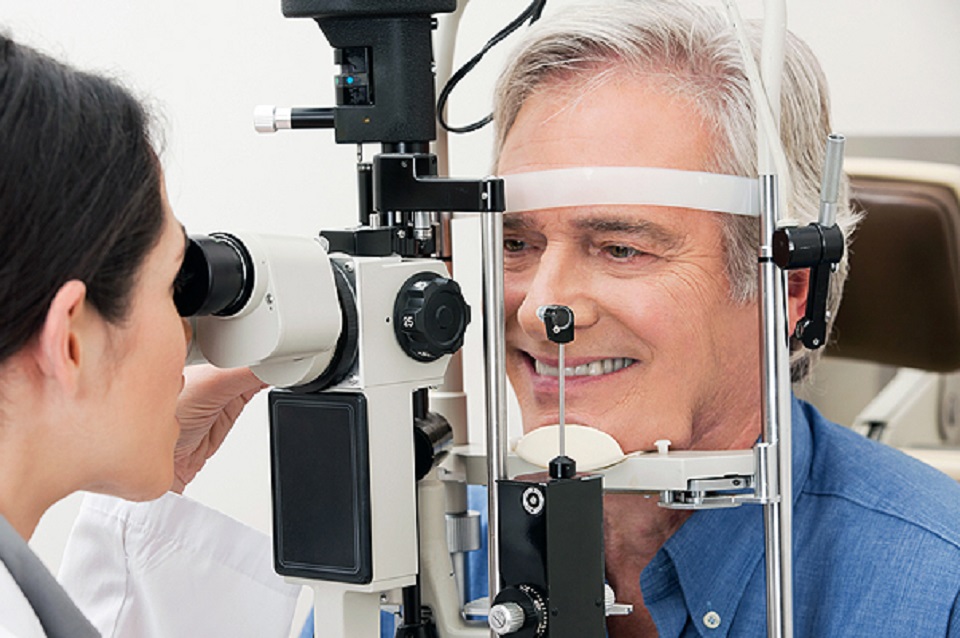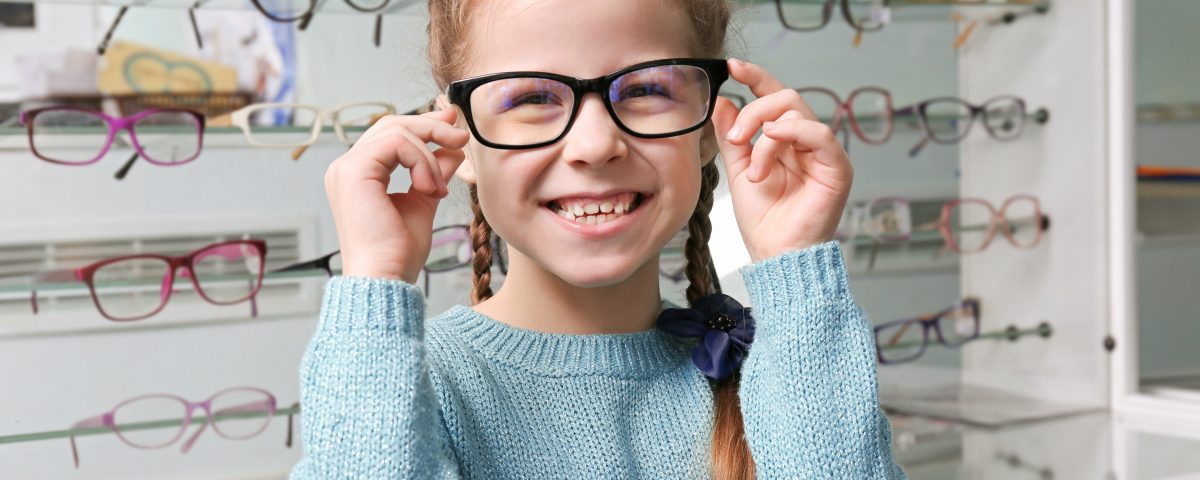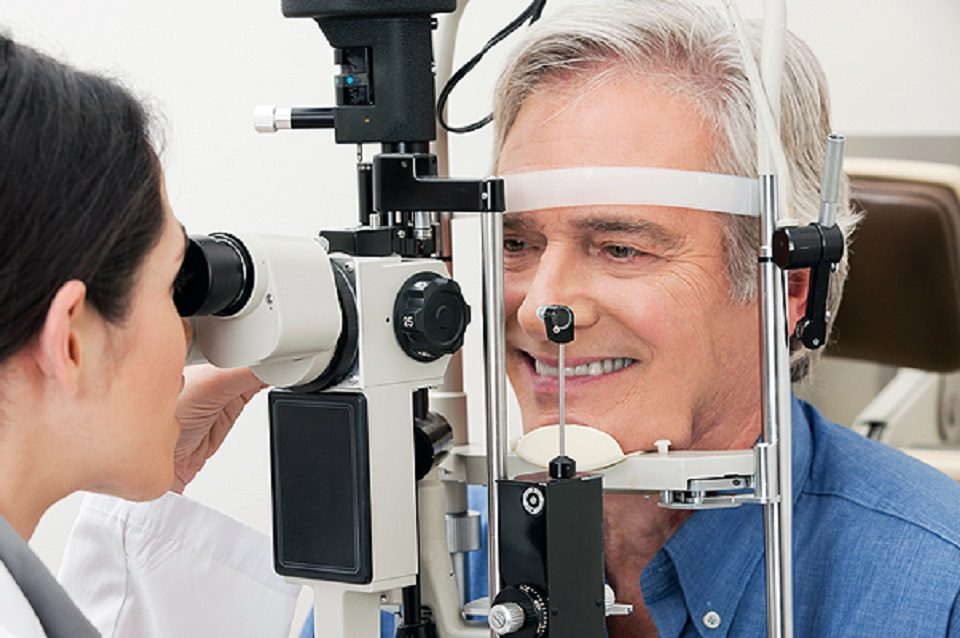
Eye Tests
8 December, 2016
See Now Pay Later
11 July, 2018How to choose your child’s glasses

6 TIPS FOR CHOOSING KIDS GLASSES
Getting children to wear their glasses can be tricky at the best of times. Having the right kind of eye wear is a big step in the right direction.
There are lots of things to check when choosing glasses–more than you might think. Each optometrist will have a large range of frames and lenses, with different functions, benefits and features.
While your optometrist will be able to provide excellent help determining what you need, it can be comforting to have some information and tips ahead of time.
Follow these expert tips to get a pair of glasses that are everything you need them to be.
Go for durability.
Despite best efforts, glasses can often end up being dropped, scraped or forgotten at the bottom of the school bag. To avoid the need for untimely replacements, ask for lenses that have a scratch-resistant coating.
Some children’s frames–mainly those made out of plastic–have little flex in them. Ask your optometrist about frames that have flexible hinges, which bend without breaking as easily, to withstand the wear and tear of childhood.
Opt for safety.
There are a few factors to consider when it comes to eye safety. Kids can often be at risk of physical eye injuries, so glasses that can protect against airborne objects can be a good investment.
Protection from UV and blue-violet light is another thing to take into account. Not all prescription lenses offer a solution for this, meaning your child may need to manage two sets of glasses, or go without protection from light as they go about their days at home and at school.
Choose something versatile.
The more wear that your child can get out of their glasses, the better! Photochromic lenses (clear lenses that become tinted when exposed to light) can be a great solution for kids, because they are designed to be worn indoors and out, so your child is always ready for what the day holds.
Check the fit.
Your optometrist will do this for you, but it’s worth knowing. When they fit well, glasses should sit firmly on the bridge of the nose, without pinching. The arms should sit comfortably over the ears, without putting pressure on the sides of the head.
This can be a great thing to check over time as your child grows, to make sure they’re as comfortable as possible in their glasses, and don’t become reluctant to wear them because the fit has changed.
Involve your child in choosing a frame.
Appearance can sometimes be overlooked when choosing children’s glasses, but if your child likes their glasses they’re more likely to wear them. A good idea is to make a shortlist of frames that meet your criteria on things like safety and budget, and then ask your child to choose what they like best.
About Transitions® Lenses
Transitions® Lenses are designed to be worn all day long, outdoors and indoors. The lenses quickly adapt to changes in light, protecting your child’s eyes from both strain and UV light, without them having to remember to change pairs. You can get them in virtually every frame, style, size and prescription.
The adaptive lenses block 100% of UV light, as well as 85% of blue–violet light from the sun, when activated outside. Transitions® for Kids lenses are made from polycarbonate and will block any object flying at 155m/sec.
They’re a durable, easy solution for your child’s vision and protection. Ask your optometrist for more information.



